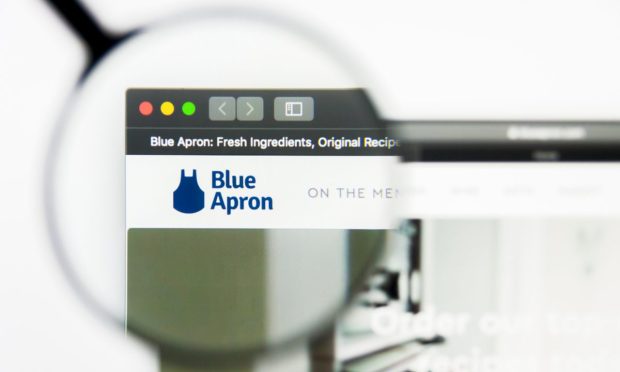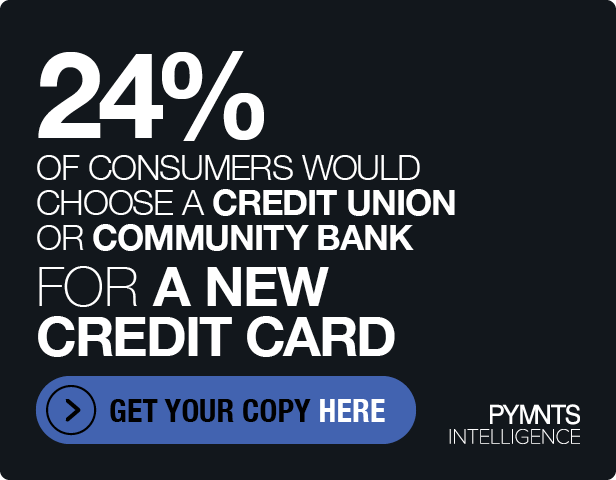Subscription and Digital Commerce DTCs Seen Facing Continued Headwinds

Direct-to-consumer subscription providers and digital commerce brands aren’t out of the woods yet.
After a year of hardships and headwinds, those merchants betting on long-term profitability could be in for a surprise, market watchers say, while projecting further challenges in 2023.
As worsening economic conditions are drying up the venture capital (VC) pool, direct-to-consumer (DTC) brands sinking funds into customer acquisition at the cost of near-term profits may soon face a reckoning.
“[DTCs] need to be profitable already,” Victor Tam, co-founder and CEO of DTC travel and luggage brand Monos, said in a recent interview with PYMNTS. “Any company that [is not] profitable today is not going to make it next year. There’s going to be less capital to give them that runway to operate.”
Yet, these brands are facing something of a one-two punch. On top of investors pulling back, consumers have also been reining in their spending, increasing the need for the kinds of acquisition and loyalty initiatives for which they would use that funding.
Research from the latest edition of PYMNTS’ Subscription Commerce Conversion Index study, “The Subscription Commerce Conversion Index: Subscribers Seek Affordability and Convenience,” created in collaboration with sticky.io, which draws from a survey of more than 2,100 U.S. consumers, finds that the average number of subscriptions is on the decline. In the September, the most recent month on record, the figure was down 29% from the previous survey July.
The most common reason consumers cited for canceling a subscription was a desire to reduce expenses, with the second-most popular motivation being that price increases proved prohibitive.
Even major DTC subscription brands are feeling the churn. Take, for instance, the meal delivery sector. (The study notes that about 1 in 4 food and beverage subscribers would cancel the service in the next 12 months.) Blue Apron, for one, announced earlier this month that it is laying off about 10% of its corporate staff and that it intends to reduce expenses by around $50 million in 2023 relative to this year.
“We’re working on a number of cost savings initiatives and in discussions with financial advisers to evaluate financing and other alternatives,” interim Chief Financial Officer Mitchell Cohen told analysts on a call last month discussing the company’s third-quarter financial results. “We also are in discussions with our lenders, as assuming we receive no [additional] funding, [we] expect to be in breach of our minimum liquidity covenant as early as later this month.”
Meanwhile, food and beverage giant Nestlé, noting disappointing results from its Freshly meal delivery business, announced last month that it is forming a partnership with private equity firm L Catterton whereby the latter takes a majority stake in the company.
One strategy that some brands have been leveraging to maintain their customer base in the face of churn and of increasing investor caution is that of framing their products as a luxury within consumers’ reach. That is, as big-ticket items become increasingly unaffordable amid the economic slowdown, brands that promise smaller indulgences have the opportunity to win over new customers.
For example, Adam Goldberg, founder of PopupBagels, a virtual bagel brand with a subscription element, noted in an interview with PYMNTS that this “inexpensive luxury” framing has been successful: “We’re not a $300 meal out. We’re a great gathering on a Saturday or Sunday morning.”
Granted, this strategy requires the product or service to feel like a luxury. Jim Fosina, founder and CEO at DTC brand Amora™ Coffee, spoke to this necessity in an interview with PYMNTS.
“When you look at wants and desires, like [any] product that is more of a luxury, you need to work with your customer base to help reinforce a value proposition and reason for being,” Fosina said.
Whether or not brands can reach that luxury-seeking consumer, it is clear that this year will be a difficult one for DTC subscriptions that are not yet in the black. These businesses may need to find new sources of funding, and they will certainly need to do some tinkering to deliver more value as consumers hover over that “unsubscribe” button, ready to press it at any time.
